The Best Companion Plants For Bay Laurel
The Best Companion Plants for Bay Laurel
Bay laurel (Laurus nobilis) is a versatile evergreen shrub or small tree that is native to the Mediterranean region. It is a popular culinary herb, and its leaves are used to flavor a wide variety of dishes. Bay laurel is also known for its insect-repelling properties, and it can be a valuable addition to any garden.
When choosing companion plants for bay laurel, it is important to consider the plant's needs in terms of sunlight, water, and soil type. Bay laurel prefers full sun and well-drained soil. It is also tolerant of drought, once it is established.
Some of the best companion plants for bay laurel include:
- Rosemary. Rosemary is another Mediterranean herb that shares similar growing conditions with bay laurel. The two plants can be grown together in the same container or garden bed. Rosemary can help to deter pests from bay laurel, and the two plants can complement each other's flavors in cooking.

- Lavender. Lavender is another drought-tolerant herb that is well-suited for growing alongside bay laurel. Lavender can help to attract beneficial insects to the garden, which can help to control pests. The two plants also have a complementary fragrance.
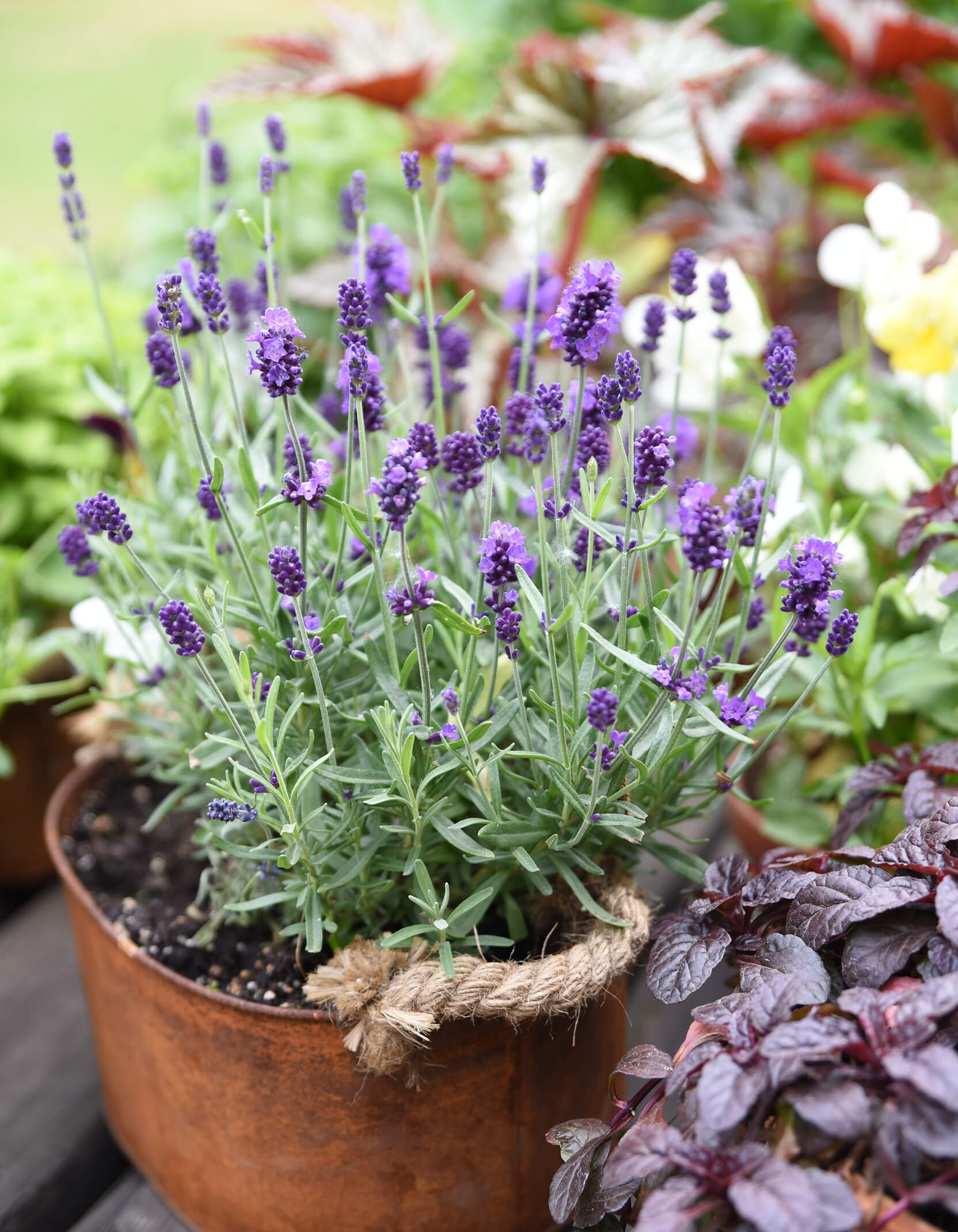
- Oregano. Oregano is a popular culinary herb that is also a good companion plant for bay laurel. The two plants have similar growing conditions and can be grown together in the same container or garden bed. Oregano can help to deter pests from bay laurel, and the two plants can complement each other's flavors in cooking.
- Beans. Beans are nitrogen-fixing plants, which means they can help to improve the soil quality for bay laurel. Beans can also help to suppress weeds, which can free up bay laurel to focus on growing.
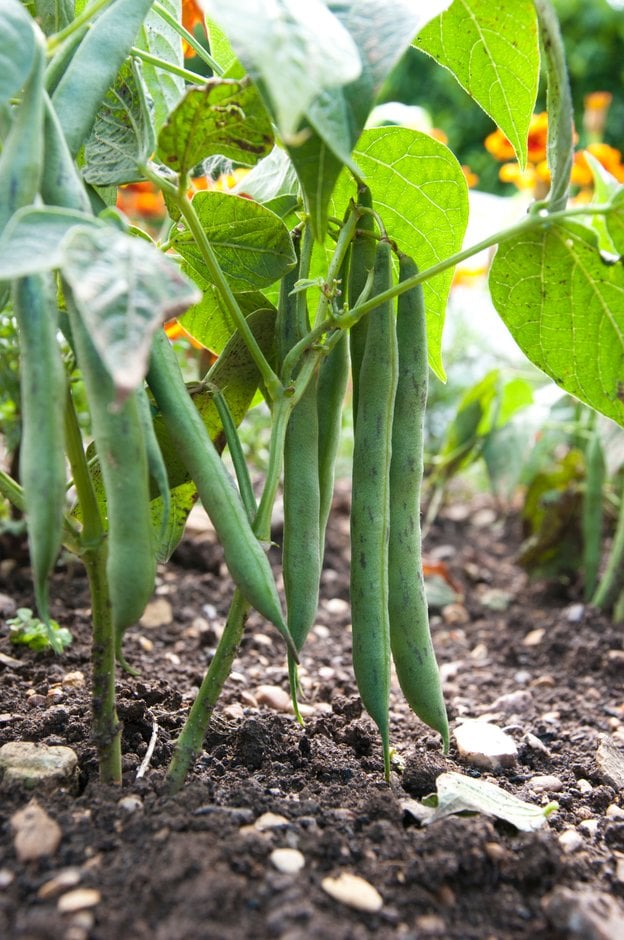-(2).jpg)
- Citrus. Citrus trees are another good choice for companion planting with bay laurel. The two plants have similar water and sunlight requirements, and they can help to attract beneficial insects to the garden. Citrus trees can also help to deter pests from bay laurel.
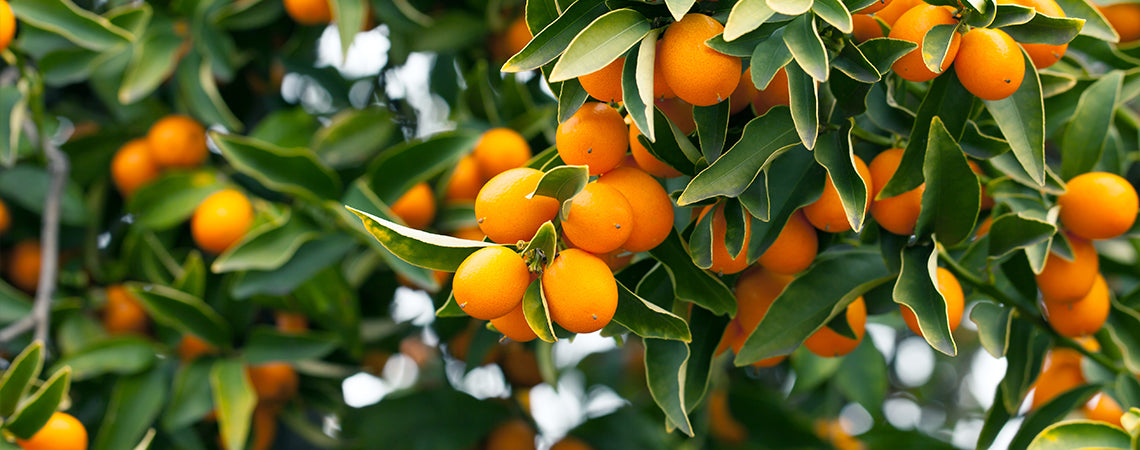
- Pomegranate. Pomegranate trees are another good choice for companion planting with bay laurel. The two plants have similar water and sunlight requirements, and they can help to attract beneficial insects to the garden. Pomegranate trees can also help to deter pests from bay laurel.
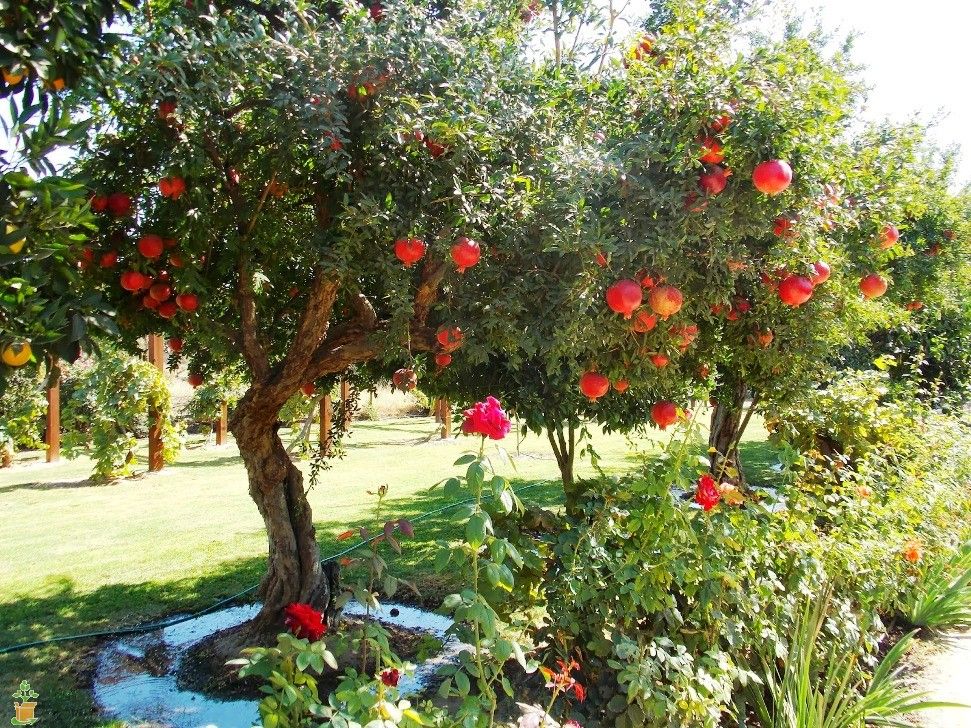
When planting bay laurel with other plants, it is important to leave enough space between the plants so that they have room to grow. Bay laurel can grow up to 20 feet tall, so it is important to plant it away from other plants that may be damaged by its shade.
Bay laurel is a versatile herb that can be used in cooking, as a natural insect repellent, and even as a medicinal plant. When it comes to companion planting, bay laurel is a good choice for a number of other herbs, including:
- Rosemary: Rosemary and bay laurel are both Mediterranean herbs that thrive in full sun and well-drained soil. They can also help to repel pests, such as mosquitoes and flies. Gardenia Inspiration
- Oregano: Oregano and bay laurel are both aromatic herbs that can add flavor to a variety of dishes. They can also help to deter cabbage moths and other insect pests. Gardenia Inspiration
- Thyme: Thyme and bay laurel are both low-maintenance herbs that can tolerate hot, dry conditions. They can also help to repel aphids and other pests. Gardenia Inspiration
If you're looking for more information about bay laurel companion planting, I recommend visiting Gardenia Inspiration. This website has a wealth of information on the topic, including a list of recommended companion plants, tips on how to plant and care for bay laurel, and recipes that use bay leaves.
FAQ of bay laurel companion planting
- What are good companion plants for bay laurel?
Some good companion plants for bay laurel include:
* Tomatoes: Bay laurel can help to repel tomato hornworms and other pests.
* Lavender: Lavender can help to attract pollinators, which can help to improve the pollination of bay laurel flowers.
* Roses: Bay laurel can help to deter pests that can damage roses, such as aphids and spider mites.
* Basil: Basil and bay laurel can be grown together in a pot or garden bed. They both enjoy similar growing conditions and can help to improve the flavor of each other's leaves.
* Chives: Chives can help to repel pests that can damage bay laurel, such as cabbage moths and carrot flies.
- What are some plants that should not be planted near bay laurel?
Some plants that should not be planted near bay laurel include:
* Citrus trees: Bay laurel can stunt the growth of citrus trees.
* Other laurels: Planting different types of laurels too close together can lead to cross-pollination, which can produce plants with undesirable characteristics.
* Beans: Beans can compete with bay laurel for nutrients and water.
* Cucumbers: Cucumbers can be susceptible to a fungus called powdery mildew, which can also infect bay laurel.
* Eggplant: Eggplant can attract pests that can also damage bay laurel, such as aphids and whiteflies.
- How far apart should bay laurel plants be planted?
Bay laurel plants should be planted at least 6 feet apart. This will give them enough space to grow and spread out. If you are planting bay laurel in a row, you should space the plants 8 to 10 feet apart.
- What are the best growing conditions for bay laurel?
Bay laurel trees thrive in areas with well-drained soil and full sun to light shade. They can tolerate some drought, but they prefer to be watered regularly. Bay laurel trees are moderately tolerant of salt, so they can be grown in coastal areas.
- How do you grow bay laurel from seed?
To grow bay laurel from seed, you will need to start the seeds indoors about 6 weeks before the last frost. Fill a seed tray with a well-draining potting mix and sow the seeds about 1/4 inch deep. Keep the soil moist and warm, and the seeds should germinate in about 2 to 4 weeks. Once the seedlings have developed their first set of true leaves, you can transplant them into individual pots or your garden.
Image of bay laurel companion planting
Here are 5 different images of "bay laurel companion planting" from Pinterest:
- Bay laurel and rosemary: These two herbs have similar growing requirements and can help deter pests.
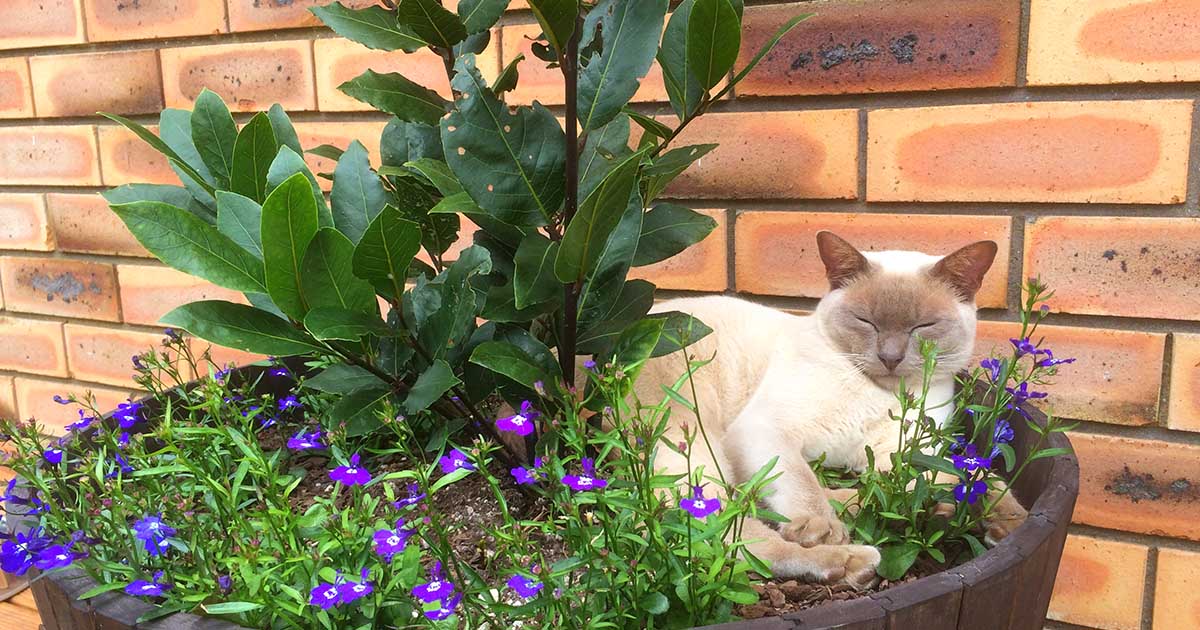
- Bay laurel and lavender: Lavender is another herb that deters pests and can help attract pollinators.
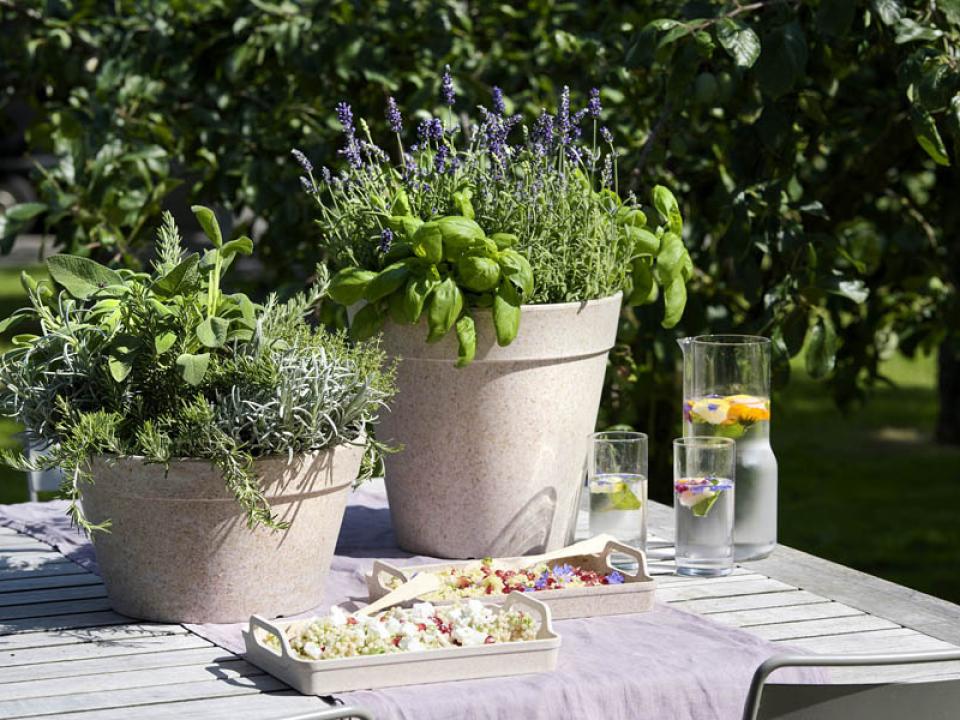
- Bay laurel and tomatoes: Bay laurel can help improve the flavor of tomatoes and can also help protect them from pests.

- Bay laurel and beans: Beans can help improve the soil quality for bay laurel and can also help suppress weeds.

- Bay laurel and citrus: Citrus trees can help attract pollinators and can also help improve the flavor of bay laurel leaves.
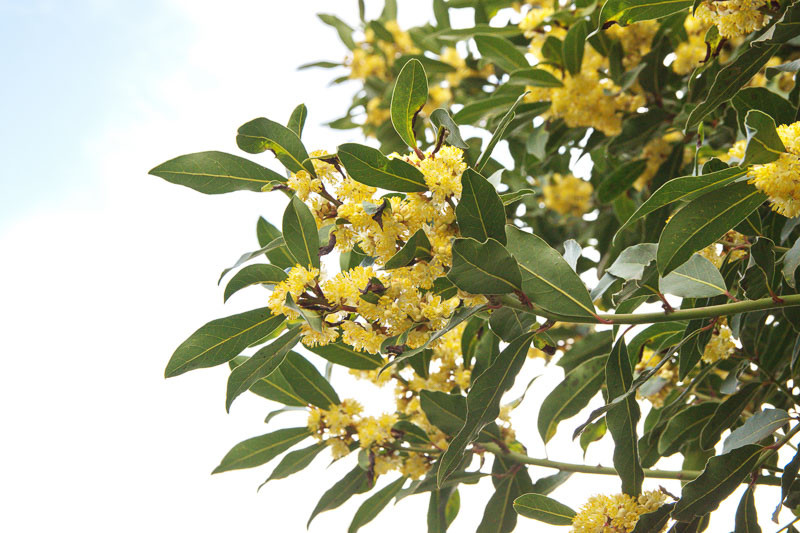
Post a Comment for "The Best Companion Plants For Bay Laurel"